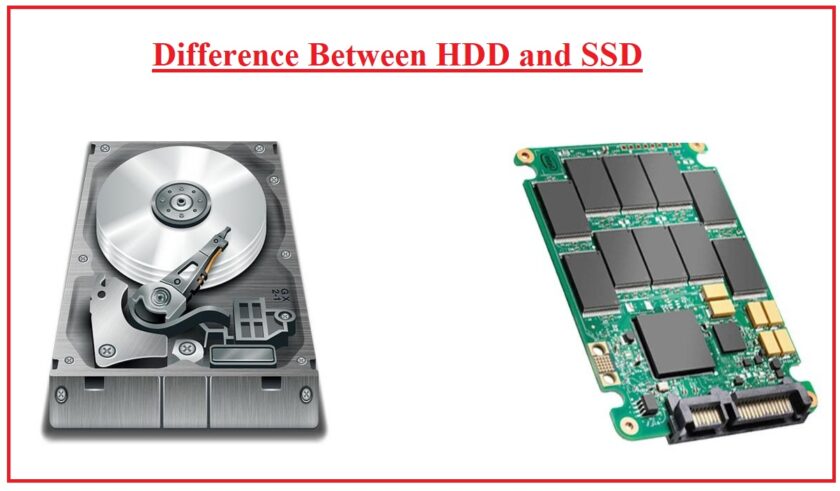Blockchain in finance is transforming the traditional financial industry by introducing enhanced transparency, security, and efficiency. Financial institutions, payment processors, and other organizations are adopting blockchain to streamline processes, reduce costs, and improve trust in financial transactions.
Here are some key use cases and benefits of blockchain in finance:
1. Cross-Border Payments
Traditional cross-border payments often involve multiple intermediaries, leading to delays, high fees, and a lack of transparency. Blockchain simplifies this process by enabling fast, low-cost, and secure peer-to-peer transactions without intermediaries.
- Use Case: Instant international money transfers.
- Example: Ripple (XRP) is a blockchain-based network that allows financial institutions to process cross-border payments more efficiently. XRP reduces settlement times from days to seconds and lowers transaction costs.
Benefits:
- Faster settlement (minutes instead of days).
- Reduced transaction fees.
- Greater transparency and traceability.
2. Decentralized Finance (DeFi)
DeFi refers to decentralized financial services that operate on blockchain networks. These services include lending, borrowing, trading, and earning interest without relying on traditional financial intermediaries like banks. DeFi uses smart contracts, which automatically execute transactions based on pre-set conditions.
- Use Case: Decentralized borrowing, lending, and trading without intermediaries.
- Example: Aave, Compound, and Uniswap are DeFi platforms that allow users to lend and borrow cryptocurrencies or trade assets through smart contracts.
Benefits:
- Accessible financial services for people without access to traditional banking.
- Higher interest rates for lenders.
- Greater transparency and autonomy for users.
3. Smart Contracts and Automated Financial Transactions
Smart contracts are self-executing contracts with the terms of the agreement directly written into code on the blockchain. In finance, smart contracts enable automated execution of financial agreements, reducing the need for intermediaries and minimizing the risk of fraud.
- Use Case: Automated execution of agreements, such as insurance claims, loan disbursements, and escrow services.
- Example: In insurance, a smart contract can automatically trigger a payout based on data (e.g., flight delay data), without manual processing by the insurer.
Benefits:
- Reduced reliance on intermediaries.
- Faster transaction processing.
- Increased security and reduced fraud risk.
4. Tokenization of Assets
Blockchain allows for the tokenization of physical and digital assets, meaning that real-world assets (like real estate, stocks, bonds, or art) can be represented as digital tokens on the blockchain. These tokens can be bought, sold, or traded in fractional ownership, making asset investment more accessible.
- Use Case: Fractional ownership and trading of traditionally illiquid assets (like real estate or fine art).
- Example: Platforms like RealT enable fractional ownership of real estate by tokenizing properties on the blockchain.
Benefits:
- Easier access to investment opportunities for smaller investors.
- Enhanced liquidity for traditionally illiquid assets.
- Secure and transparent ownership records.
5. Digital Identity Verification (KYC/AML)
Know Your Customer (KYC) and Anti-Money Laundering (AML) regulations require financial institutions to verify customer identities. Blockchain can streamline KYC processes by securely storing and sharing verified identity data between institutions, reducing redundancy and improving compliance.
- Use Case: Efficient, secure customer identity verification across multiple institutions.
- Example: Blockchain-based KYC platforms like KYC-Chain allow financial institutions to securely access verified customer data on a shared ledger, speeding up onboarding and compliance.
Benefits:
- Reduced costs for financial institutions.
- Faster customer onboarding.
- Enhanced security and privacy for customer data.
6. Trade Finance
Blockchain simplifies the complex processes involved in trade finance, which typically requires multiple parties (buyers, sellers, banks, insurers, shipping companies) to exchange documents and verify transactions. Blockchain creates a secure, shared ledger where all parties can access and verify transaction details in real-time.
- Use Case: Streamlining the issuance of letters of credit, payment processing, and verification of shipping documents.
- Example: IBM’s blockchain platform has been used in trade finance to track goods and verify transactions between companies in different countries.
Benefits:
- Faster transaction processing.
- Reduced paperwork and administrative costs.
- Increased transparency and trust among all parties.
7. Securities and Stock Trading
Blockchain can revolutionize the trading of securities (stocks, bonds, etc.) by allowing for real-time settlement and eliminating the need for intermediaries, such as clearinghouses or brokers. This reduces delays and costs in traditional trading systems.
- Use Case: Instant settlement of securities transactions.
- Example: The Australian Securities Exchange (ASX) is implementing a blockchain-based system to replace its current clearing and settlement infrastructure for trading stocks.
Benefits:
- Faster settlement times (real-time or near-instant).
- Reduced costs associated with clearing and settlement.
- Enhanced security and transparency in trading.
8. Central Bank Digital Currencies (CBDCs)
Central banks are exploring blockchain technology to issue digital versions of national currencies, called Central Bank Digital Currencies (CBDCs). CBDCs can provide more efficient, secure, and transparent methods for governments to manage and distribute money.
- Use Case: Digital currency issued and managed by central banks, used for digital payments.
- Example: China’s Digital Yuan (e-CNY) is an example of a CBDC issued by a central bank using blockchain-like technology to facilitate digital transactions.
Benefits:
- Increased efficiency in monetary transactions and distribution.
- Enhanced transparency and traceability of money flows.
- Potential reduction in corruption and financial crime.
9. Lending and Credit Scoring
Blockchain can provide a transparent and decentralized way to issue loans and assess creditworthiness. Traditional credit scores often rely on centralized databases, but blockchain can allow lenders to assess risk based on a decentralized financial history.
- Use Case: Decentralized peer-to-peer lending and risk assessment using blockchain data.
- Example: Blockchain-based lending platforms like Cred allow users to borrow and lend cryptocurrencies without the need for traditional credit checks.
Benefits:
- Increased access to credit for underserved populations.
- Reduced bias in credit scoring.
- More efficient and transparent lending processes.
Conclusion
Blockchain is reshaping the financial industry by offering faster, more secure, and transparent methods for processing transactions, managing assets, and verifying identities. Whether through cross-border payments, decentralized finance (DeFi), or asset tokenization, blockchain technology has the potential to make financial services more accessible, efficient, and secure. As financial institutions and governments continue to explore blockchain’s potential, it is likely to become a core part of the future of finance.






